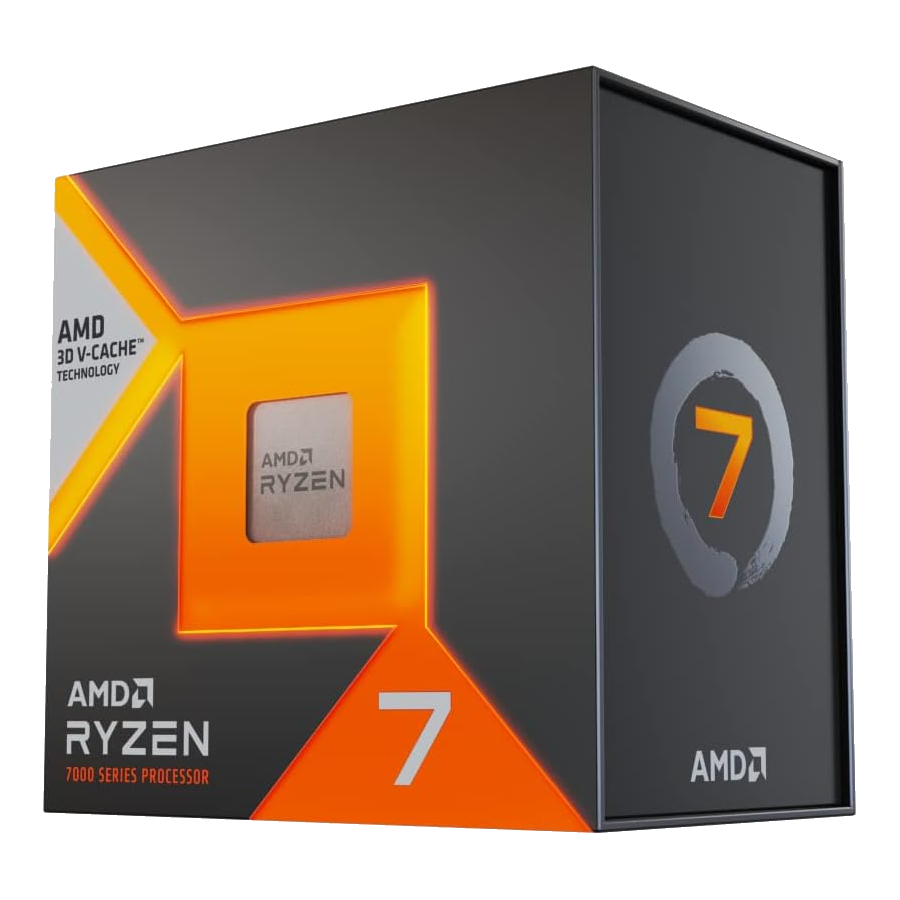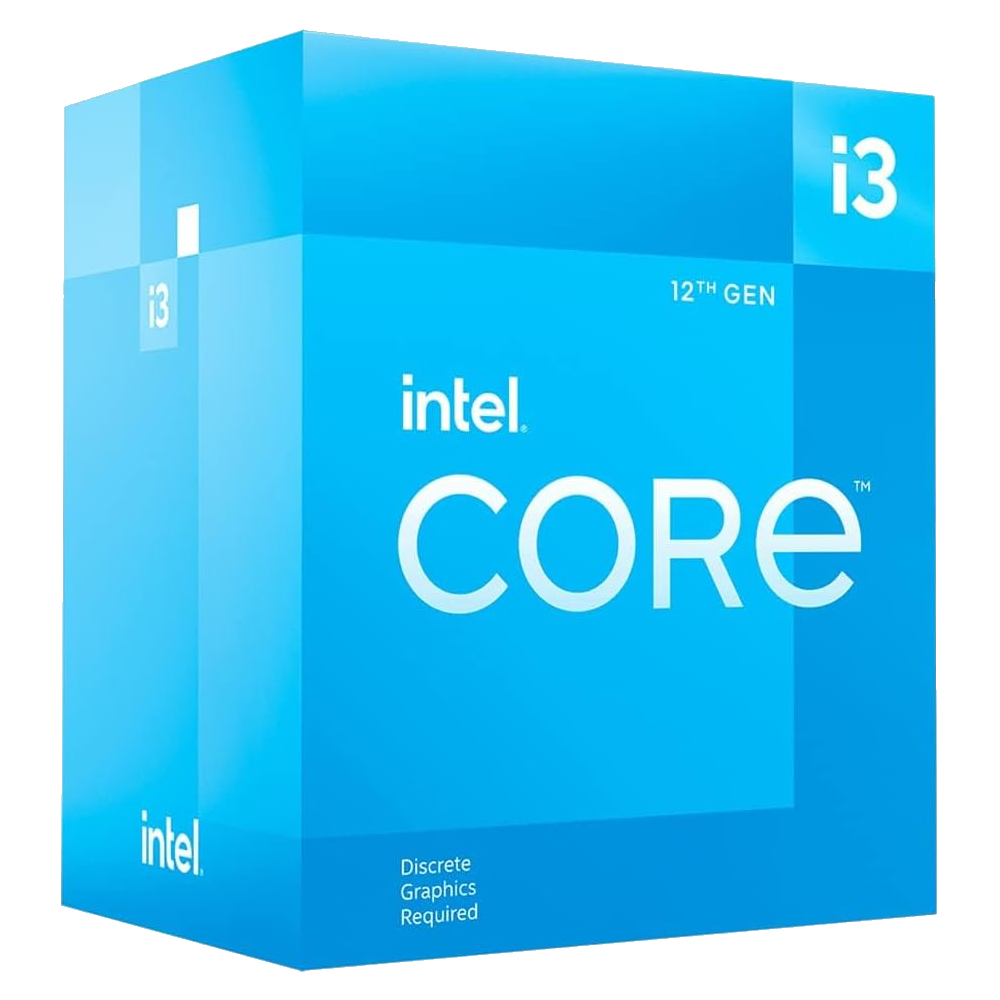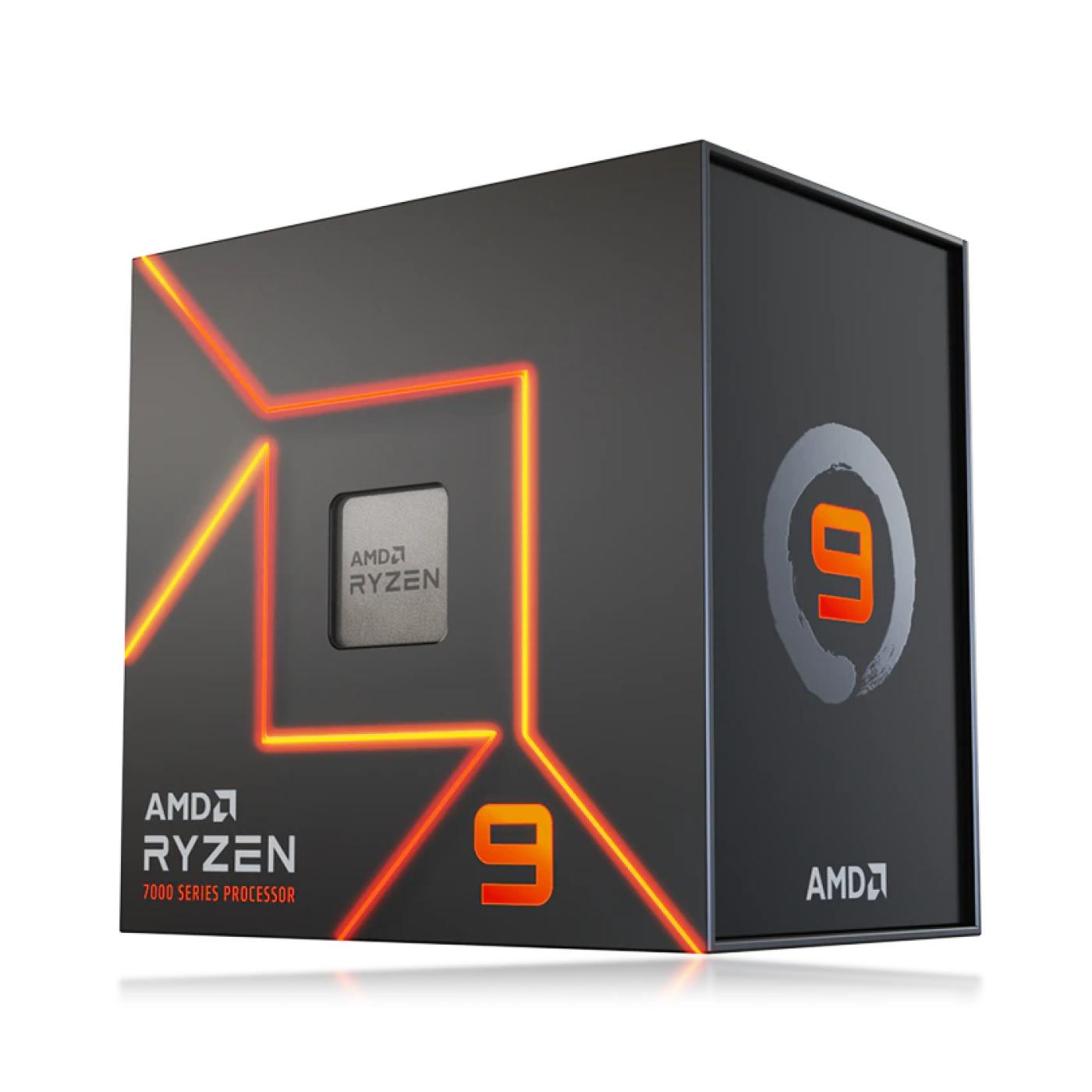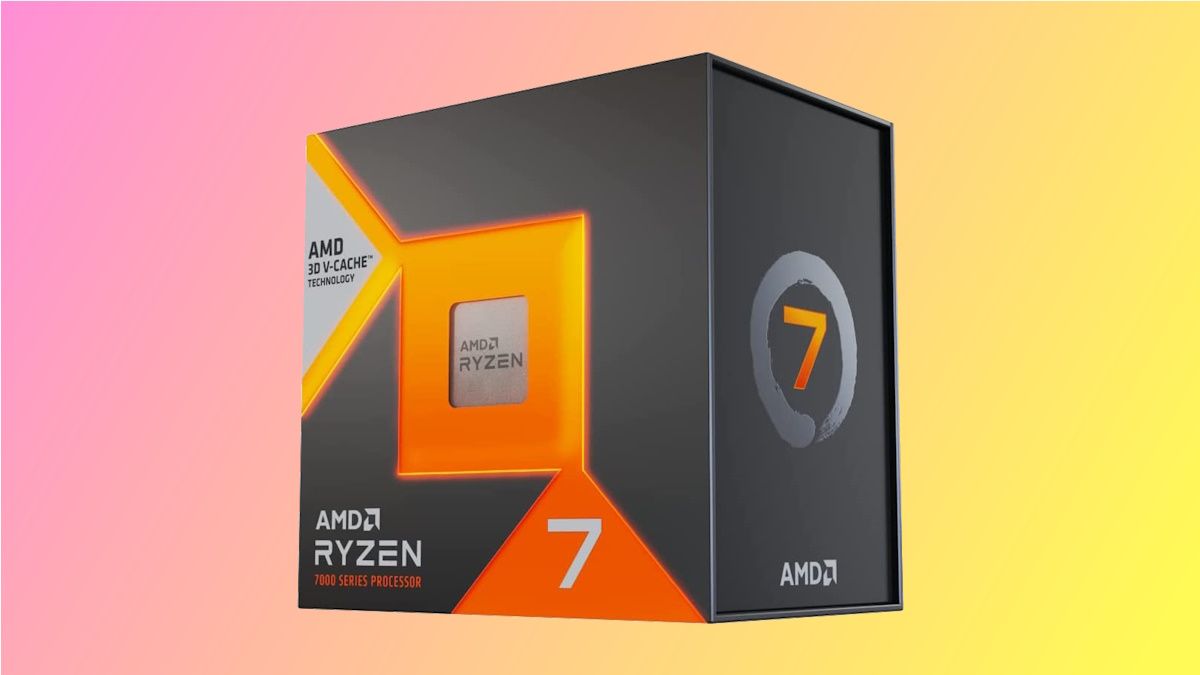Key Takeaways
- An AMD X3D CPU will deliver long-lasting, competitive gaming performance, but even a mid-range CPU that performs well in gaming can last more than half a decade if you keep your expectations realistic.
- For office tasks, a quality 4-core CPU like the Intel Core i3-12100F should do the trick.
- Professionals ought to aim for high-end or flagship consumer-grade CPUs, or consider AMD’s Ryzen Threadripper lineup if their budget allows it.
Future-proofing your CPU is possible as long as you keep your expectations in check. While a 5+ year-old CPU can deliver competitive performance in games and productivity tasks, it won’t match the latest and greatest models. Here’s how to pick the right CPU that will last you a long time.
If You’re a Gamer, An AMD X3D CPU Will Stay Competitive For A Long Time
AMD hit the jackpot with its X3D CPU lineup featuring 3D V-cache, bringing PC gamers the ultimate gaming CPU family that shows it can stay at the top of gaming charts years after release. The Ryzen 5800X3D, which came out in April 2022, is still near the top of the charts in many PC titles, especially those known to be CPU-heavy.
Glance over the Gamers Nexus review of the Intel Core Ultra 9 285K, and you’ll see the 5800X3D achieving great results in games such as Starfield, Dragon’s Dogma 2, and Baldur’s Gate 3; all CPU-heavy titles. Its successors, the Ryzen 7 7800X3D and the recently released Ryzen 7 9800X3D, are the best CPUs for gaming at the moment. Period.
I’m trying to say that if you’re a gamer and want to future-proof your CPU for the next half a decade or longer, just get an X3D chip and start thinking about which GPU to pair it with.

AMD Ryzen 7 7800X3D
If you’re a gamer and want the fastest gaming CPU on the market, get the Ryzen 7 7800X3D, you won’t regret it. Those in need of a CPU for productivity workloads should look elsewhere.
If your budget doesn’t allow you to splurge on an X3D CPU, no sweat. Many modern mid-range CPUs are great at gaming. To pick the right one, just look at Hardware Unboxed or TechPowerUp CPU reviews, since those two outlets offer the most comprehensive gaming benchmark suites in my opinion. They include dozens of different titles, so check the performance of each CPU in games you play using these benchmarks, and choose accordingly.
Just keep your expectations in check. A mid-range CPU that’s great for gaming right now will most likely be able to deliver more than 60 frames per second on average in most games five years from now. However, you shouldn’t expect it to deliver the same level of performance with all visual effects, including ray tracing, maxed out, and in future games that will be considered CPU hogs in the late 2020s. It will most likely struggle in some games, unable to deliver a constant 60 FPS or higher, and that’s okay.
For example, I got a Ryzen 5 5600X in late 2020, and four years later, the CPU is still pretty solid in most games, very rarely bottlenecking my RTX 3070. Its biggest weakness is ray tracing, since it can fail to deliver 60 frames per second on average when you enable RT in certain games. In Marvel’s Spider-Man and Spider-Man Miles Morales, I had 100+ FPS on average without ray tracing, but turning it on and increasing the quality to 8/10 or higher led to sub-60FPS drops and low GPU utilization when web-slinging near the street level, filled with cars and pedestrians. The lack of full GPU usage is the smoking gun that shows us the CPU is holding things back.
The 5600X can bottleneck my RTX 3070 in some CPU-demanding games that don’t include ray-tracing effects, too. In Warhammer 40,000: Space Marine 2, I get subpar GPU utilization in many levels filled with massive enemy hordes, as you can see below, that leads to noticeable frame rate drops. The same happens in Dragon’s Dogma 2 when I’m in towns with lots of NPCs. That said, the performance usually stays above 60 frames per second, which is still a great result for a four-year-old mid-ranger.
In most other games, though, the 5600X can deliver way over 60 FPS on average, and I’m positive it will stay that way at least until we get PlayStation 6 and the next Xbox, which will most likely up the ante of CPU requirements in games.
In other words, the Ryzen 5600X will stay competitive for gaming for at least six years. If you get a modern mid-range CPU that excels at gaming, such as the Ryzen 7 7700X, Ryzen 7 7700, or the newer Ryzen 7 9700X, you should also be fine for half a decade or longer.
For Office Work and Lightweight Tasks, A Quality Quad-core CPU Will Do the Trick
Building a PC for office and “everyday” tasks? Just get a modern Quad-core CPU, such as the Intel Core i3-12100F, and you can forget about replacing it for at least half a decade.
Even a more-than-decade-old part such as the legendary Intel Core i5-2500K that came out in early 2011 can tackle any office and lightweight computing task you throw at it without issues even today. So, it’s safe to say that any modern budget CPU that packs at least four cores will stay up to snuff for office and other work that doesn’t strain the CPU too much for the next decade.

Intel Core I3-12100F
$77 $84 Save $7
The Intel Core I3-12100F is an amazing CPU for $100 or less. It’s perfect for any home PC and more than a decent choice for an entry-level gaming PC.
If you’ve got the cash, you can even get something like the Ryzen 5 7500F (as long as you can find it for $180 or less) or the Ryzen 5 7600 (both six-core designs) and ride that PC until it can no longer handle running a text editor alongside multiple browser tabs or large spreadsheets—which probably won’t happen until, like, 2044, assuming PCs as we know them are still in use by then.
Professionals Ought to Look for High-end and Flagship CPUs
If you earn a living with your PC and want a CPU that will stay competitive for over five years, you should splurge on a high-end or flagship CPU that eats heavy multithreaded CPU loads for breakfast.

AMD Ryzen 9 7950X
A superb choice for gamers and professionals, the AMD Ryzen 9 7950X justifies its flagship status. Its 16-core design is coupled with impressive power efficiency and surprisingly lightweight cooling requirements.
Now, I wouldn’t recommend Intel’s 13th and 14th-gen CPUs here since they suffer from overvolting issues. Intel claims it fixed the problems, but I’d still err on the side of caution if planning to get a long-term CPU upgrade.
So, you’re left with AMD’s Zen 4 and Zen 5 and Intel’s 15th-gen CPU lineups, all offering great productivity performance. Here, I’d look at reviews and focus on use cases important for your workflow. For example, if you need the best CPU for video editing in Premiere Pro, just look at those benchmarks and ignore the rest.
In general, the Ryzen 9 9950X, Ryzen 9 7950X, Intel Core Ultra 7 265K, and Intel Core Ultra 9 285K are the best consumer-grade productivity CPUs on the market. You ought to pick one of those for your next PC build if you want it to stay competitive for at least half a decade.
If you’re ready to pay much more, consider getting an AMD Threadripper CPU. Here, the situation’s very clear: the more you pay, the better performance you’ll get. In other words, settle on your CPU budget and then get the best CPU that fits into said budget.
Modern CPUs are incredibly powerful, and many of them will keep delivering solid gaming and productivity performance in the late 2020s and early 2030s. All you’ve got to do in order to future-proof your CPU is read and watch reviews, cull the CPUs that perform the best relative to your budget, and make your pick.







